 On Twitter, JacquelynGill has called for today be a celebration of women in science (Twitter search:#womeninscience), with instructions to “Tweet and blog your favorite women scientists, introduce yourself, share resources, etc.” On top of this, I’ve not forgotten my exhortation that geobloggers should do a better job of sharing what our daily work life is really like, so that prospective geoscientists can get a better sense of what their career options might include. These two themes come together nicely, if you’ll indulge me in some almost live-blogging of my day today. When I get up to date, I’ll hit post and then I’ll update later as the rest of my day unfolds.
On Twitter, JacquelynGill has called for today be a celebration of women in science (Twitter search:#womeninscience), with instructions to “Tweet and blog your favorite women scientists, introduce yourself, share resources, etc.” On top of this, I’ve not forgotten my exhortation that geobloggers should do a better job of sharing what our daily work life is really like, so that prospective geoscientists can get a better sense of what their career options might include. These two themes come together nicely, if you’ll indulge me in some almost live-blogging of my day today. When I get up to date, I’ll hit post and then I’ll update later as the rest of my day unfolds.
By the time I arrive in my building, just before 9 am, I’ve been up for about 4 hours. During that time, I have written a few paragraphs of a grant proposal, made breakfasts and bag lunches, walked the dog, talked about sunrises, great blue herons, and tadpole development with my 3.5 year old, and dropped her off at school. I’ve finished most of two cups of tea, but I always find it incredible how I can have been up so long, yet just be starting my work day.
From 9-9:20, I returned some field gear to my lab from some work I’d done last week, returned a book to a colleague, and gotten my computer to boot up. But then it was time to head down to class – I am indulging this semester in sitting in on a class on Stream Ecology, two mornings per week. Stream ecology is quite relevant to my hydrology work, and I’m increasingly collaborating with ecologists and biogeochemists, so it was time to formalize some of what I think I know about it. So far, it’s been a good addition to my undergraduate and graduate course work in biology, ecology, biogeography, and geobiology, but I really wish we had a lab, because I want to play more with the bugs in their natural environment.
Thus, from 9:30 to 11, I took notes on the nitrogen cycle (always fascinating, so complicated!) while managing to type another paragraph or two of the proposal, which is due Friday. Before and after class, I checked in with two of my grad students, who are also taking it, and with the co-PI on the proposal, who is teaching it.
The next things on my agenda are prepping my own afternoon class, sending some emails to some of my ~8 grad students and ordering things off a grant, meeting with two students,…and working on that proposal. Time to get to it, but I think I might need some more tea first.
Update 2:00 pm: The last few hours have consisted of the following things:
- fighting with Moodle, my campus’s “learning management system” to let me log on to it. Turns out it has been unavailable campus-wide for a couple of hours. I needed to add a drop box for an assignment that is due this afternoon. Frustrating.
- reworking a lecture on empirical science and experimental design for my graduate class on Analysis and Acquisition of Scientific Data. I’ve reorganized the class somewhat since last I taught it, so I have to rethink the way I present material, based on what I have and have not yet covered this time through.
- Meeting with two graduate students to discuss research progress and a poster for the upcoming GSA meeting. Whee! Data!
- Answering emails. That covers a multitude of things.
- Eating lunch at my desk, while catching up on #womeninscience activity on Twitter. Never got that tea; switched instead to my less than 1 per day Diet coke addiction.
- I have not yet gotten back to my proposal, but I really need to send that off to my collaborator. Embarrassed by the amount of work left to be done. Tomorrow may need to be an even earlier start. 🙁
Update 5:00 pm: I’ve just gotten out of my class, which got off to a bit of a rough start, when some recent upgrades to the university’s IT system kept me from logging on in the normal way. That solved, I’d like to say that I brilliantly guided my students through information about NSF’s review process and descriptions versus manipulative experiments versus natural experiments versus correlations versus models, but I’ll leave it to them to be the judge of my brilliance.
Between 2 and 3:30 pm, I spent my time finally succeeding in logging into Moodle, finishing my preparations for class (and, as it turns out, much of Wednesday’s class too), dealing with some more computer issues in my office (our department IT guy is my hero today), and answering a frantic email from my collaborator about where the objectives section of the proposal was. I still didn’t get to the proposal itself, but at least the section she needed was already in good shape.
Now it’s 5 pm, and I’ve got the computer guy in my office (again!) trying to recover Outlook and my desktop files. I’m going to have to leave in a few minutes to make the 15 minute trek to my car in the cheap parking lot, in order to battle traffic to get my daughter from school…where she will excitedly say “Mommy! I’m not the last one here. Today.” My evening will be filled with domestic chaos, and I may manage to update this post sometime later this evening, but until then I’ll leave you all hanging with me as to whether I do indeed manage to ever crack open that proposal again. That Friday deadline isn’t getting any farther away.
Update 9:40 pm: I was not the last parent to pick up my daughter – who came running across the playground and leaped into my arms, shouting Momma. There was a book sale in the school hallway, so we stayed to read a few books, including the aptly titled “The Wonderful Book.” We got home ~6:10, and by 6:45 I managed to have dinner cooked, fed, and mostly cleaned up, thanks to the miracles of leftovers and the microwave. With the help of a grape popsicle for my daughter, I got a load of laundry started, but I should have waited, because by the time she was done with the popsicle it was all over her. As she finished the popsicle, I started mowing the scraggliest bits of lawn, and in less than one D-D-Dora episode on DVD, I’d gotten the front yard done, in time to cuddle with her for the last few minutes of the show. After that we spent an hour playing hide and seek, indoors and out, and walking the dog down the dusky street. When we settled down for books, we read about animals from A to Z, and my daughter pronounced lampreys scary but morays cool. We were having so much fun reading that bedtime drifted a bit later than usual, and it takes her a while to fall asleep. Even now I can hear the sound of a story CD from my daughter’s room, but I’m hoping she’s sleeping through it. After all, I’ve had a long day, and I’ve still got a grant proposal to work on.
In the end, this has been a relatively typical day in my life. My days don’t all go this smoothly, and I’m often exhausted, but I love my job and I love my life outside my job, and I wouldn’t trade it for anything.
![]()
![]()


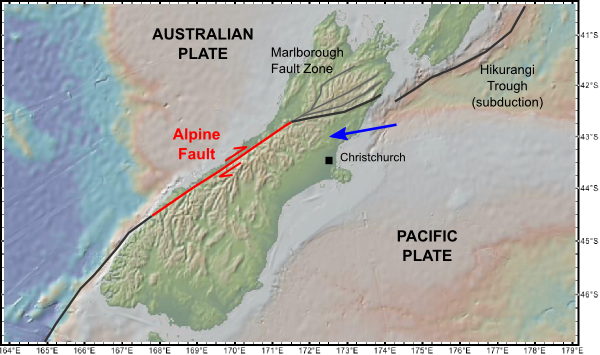
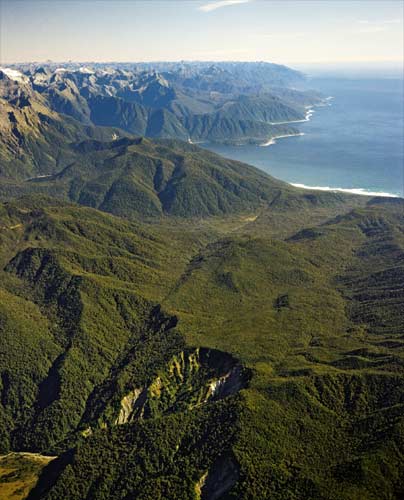
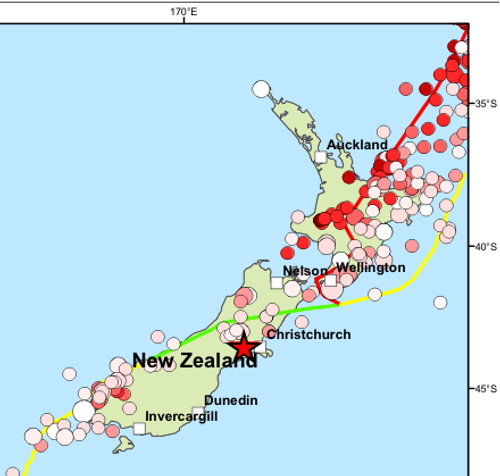
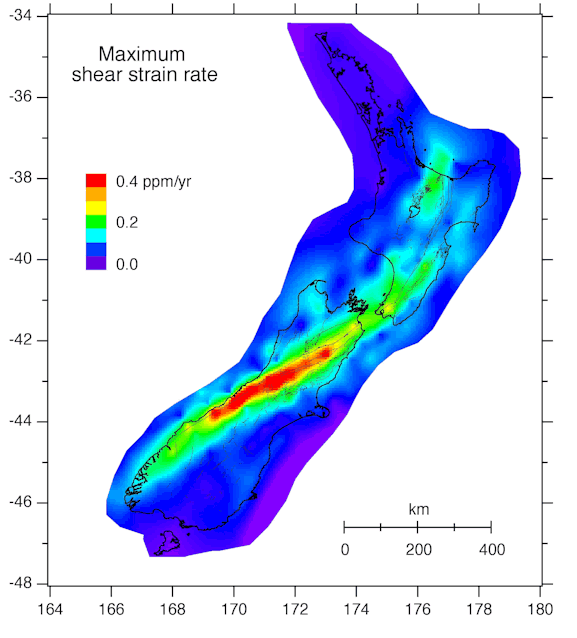
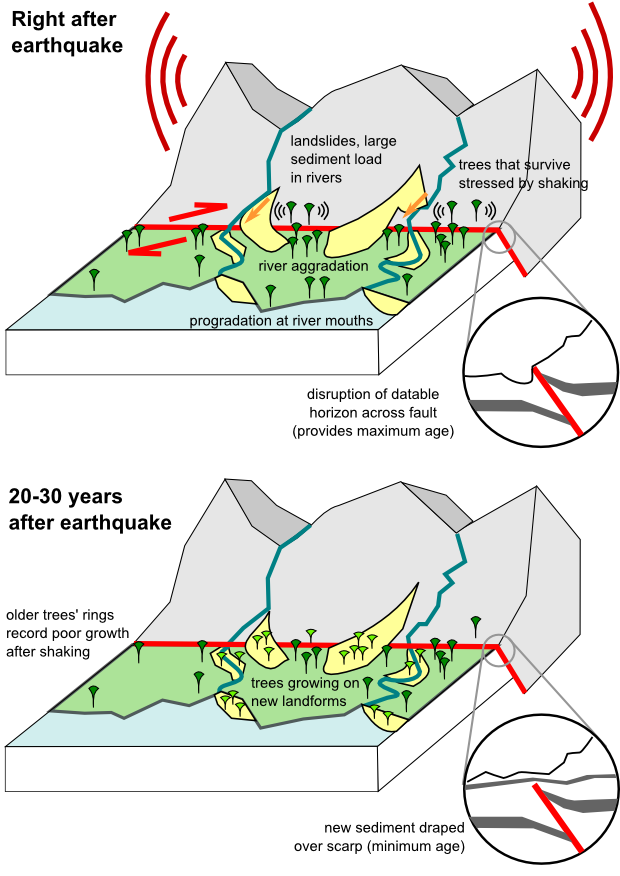
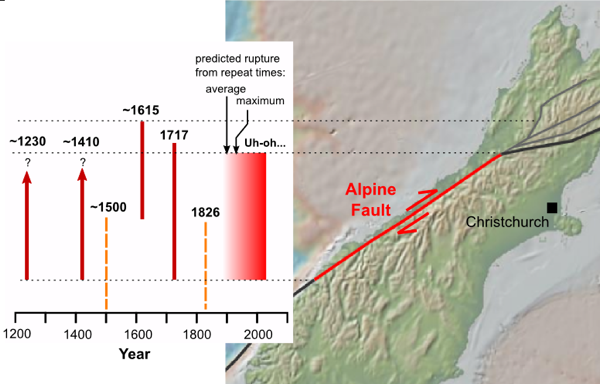
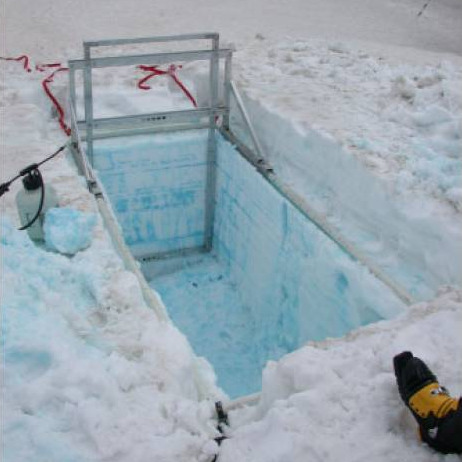


Nice plan for content warnings on Mastodon and the Fediverse. Now you need a Mastodon/Fediverse button on this blog.